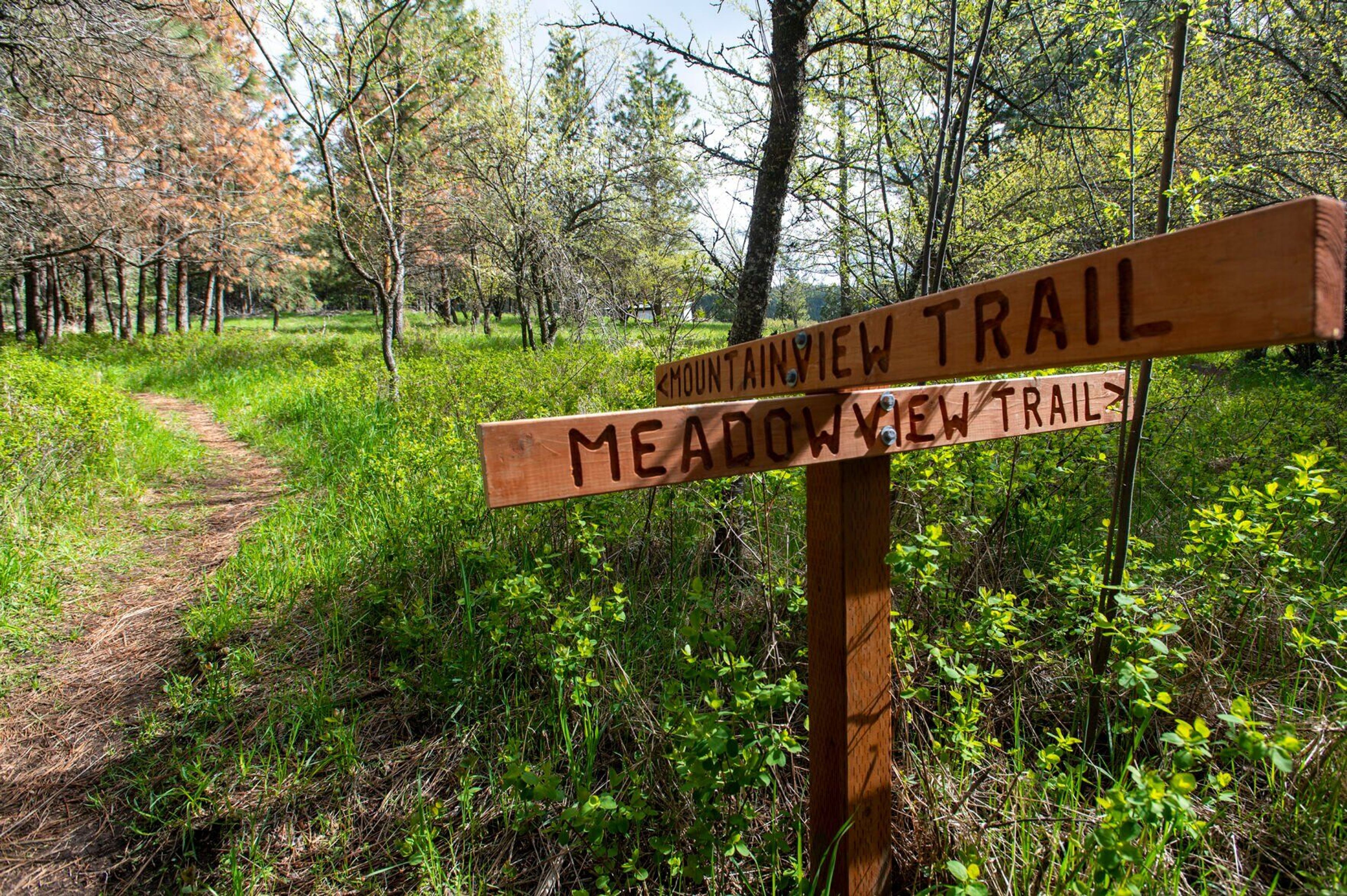Road work ahead on highways 55 and 95
Projects addressing road stability and passing safety
Travelers heading toward southern Idaho on State Highway 55 can expect traffic delays up to 15 minutes near Smiths Ferry as Idaho Transportation Department crews work to anchor the hillside for long-term stability.
The work, which began Monday, is expected to last through the end of May, the transportation department said in a news release. Full road closures are planned to start in mid-April from 10 a.m. to 2 p.m. Mondays through Thursdays. When full closure hours are opened, drivers can expect one-way alternating traffic with 15-minute delays. Drivers are urged to plan ahead to avoid delays and use U.S. Highway 95 as an alternate route when possible.
Elsewhere on U.S. Highway 95, construction has begun on the 2.3 miles north of Winchester in Lewis and Nez Perce counties to add a new southbound passing lane to improve safety and traffic flow.
The existing double barrel culverts at Rock Creek will be replaced with a three-sided concrete box culvert to accommodate widening and restoring fish passage. Rock blasting and excavation will be required during construction of the new passing lane and construction is expected to last through the fall of 2022.
One 11-foot-wide lane will be open in each direction during most of the construction work, the department said. During rock blasting and cleanup, however, the highway will be completely closed for one to two hours at a time.
Blasting will be restricted to avoid morning and late afternoon peak travel times, school bus times and holidays.
This is the third phase of a $50 million five-phase project to improve highway travel from Winchester to Culdesac. The fourth phase will aim to add an additional 3 miles of passing lane at the northern end of the corridor in 2024. Phase five will complete the final link in the corridor and will begin in 2026 to improve the remaining 1.4 miles.
Anyone wishing for more information about this project may visit itdproject.org/us95culdesaccanyon and check travel conditions at 511.idaho.gov or dial 5-1-1.
In other news, the department announced Tuesday that restrictions to most legal loads have been reduced for the 538-mile stretch of U.S. Highway 95 within Idaho that travels through 13 counties from the Oregon border to the Canadian border.
This is the result of a multiyear effort by the Idaho Transportation Board based on information from industry leaders on the need to allow greater ease of commerce on the highway.
U.S. Highway 95 is the state’s primary north-south route and was established in 1926 as one of the country’s first national highways.
Recent improvements, particularly between Council and Grangeville, will now allow up to 53-foot trailers without a permit and permitted vehicle combinations up to 115 feet in overall length with a 6.5-foot off-tracking limit and weight limit of up to 129,000 pounds.
Transportation board Chairman Bill Moad said these improvements will allow all of the highways to have the same legal and permitted requirements from one section to the next and will increase safety, mobility and economic opportunity for commercial vehicles and all motorists.
Previously, permitted vehicle combinations were only allowed in loads up to 95 feet long and a 5.5-foot off-track — a 21% increase in allowable length and 18% increase in allowable off-tracking — allowing more freedom in the movement of goods and services.
Off-tracking refers to the different paths that the front and rear wheels take when cornering. The rear or trailer wheels will take a shorter path around the curve, corner or turn. Thus, the driver has to compensate for this by taking the curve, corner or turn wider. So, the 6.5-foot off-track is the difference in the path of the first inside front wheel and of the last inside rear wheel as the vehicle negotiates a curve.







